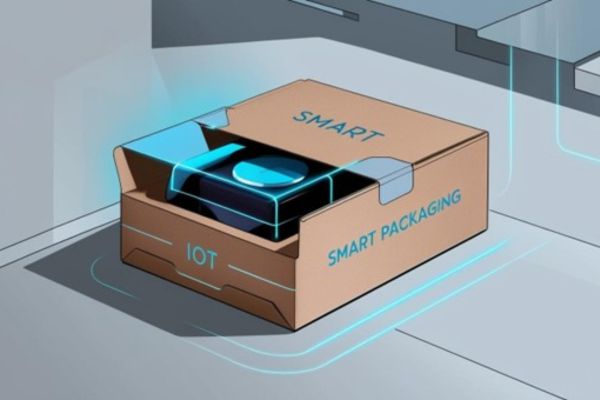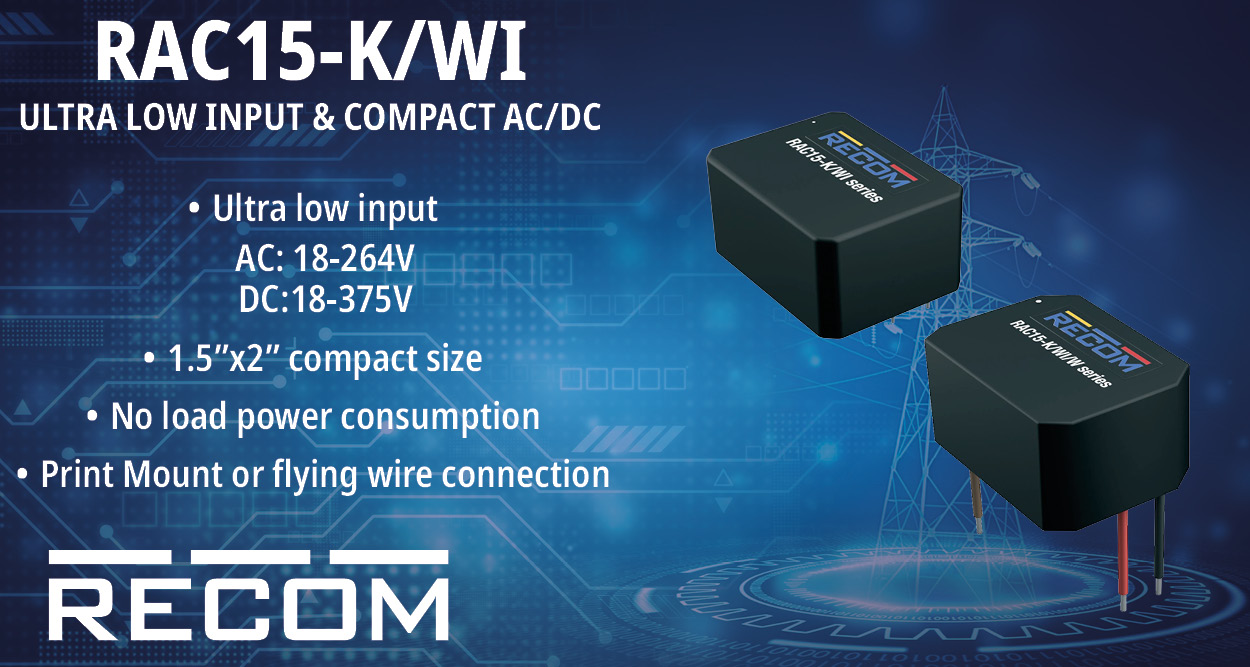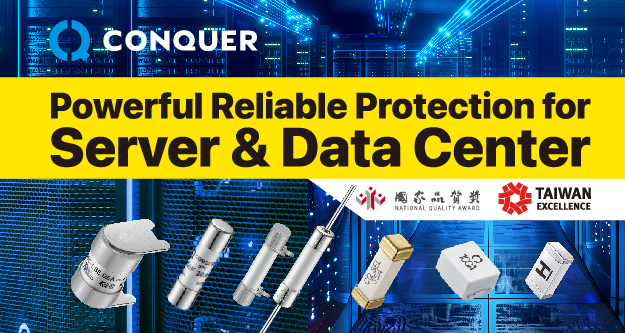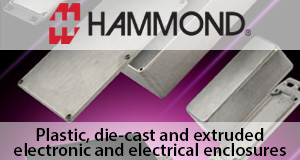IoT-enabled packaging blends physical packaging with smart digital technologies from RFID/NFC chips and sensors to QR codes and cloud integration. These elements transform a standard box, bottle, or pouch into an intelligent platform capable of:
- Monitoring real-time conditions like temperature, tampering, or spoilage.
- Tracking location throughout the supply chain.
- Engaging consumers with personalized content or product authentication.
- Driving sustainability through waste reduction and optimized logistics.
From smart sensors that alert manufacturers of transit shocks to NFC-enabled labels that connect consumers to immersive AR experiences, the packaging of today is already delivering the intelligence businesses need and the transparency consumers crave.
In 2025, the global IoT-enabled packaging market has become more than just a trend it’s a $20.26 billion opportunity reshaping how we package, ship, and experience products. With projections pointing to a market value of USD 29.95 billion by 2034, growing steadily at a CAGR of 4.44%, this sector is quickly gaining the attention of forward-thinking investors, tech developers, and sustainability-driven brands.
Key Segments Driving Growth
By Component
- Hardware (RFID, sensors) leads with 63.2% revenue share in 2025.
- Software platforms are catching up fast, enabling analytics and data management.
By Technology
- RFID dominates today’s applications in logistics and retail.
- Smart sensors are the fastest-growing innovation, enabling dynamic temperature and freshness tracking.
By Functionality
- Track & Trace holds 41.7% of the market in 2025.
- Condition Monitoring is emerging strong, ensuring cold chain integrity and damage control.
By Packaging Type
- Secondary Packaging (outer boxes and wraps) leads in use cases.
- Primary Packaging (direct product contact) is gaining traction in healthcare and premium goods.
- By End-Use Industry
- Food & Beverages dominate the market, ensuring freshness and brand engagement.
- Pharmaceuticals & Healthcare are the fastest-growing segment, driven by strict regulatory compliance and safety needs.
Tech Trends Shaping the Market
1. Battery-Free Smart Labels
Thin-film, stretchable circuits powered by ambient energy (light, motion) enable affordable, eco-friendly smart packaging.
2. AR + QR/NFC for Engagement
Brands use augmented reality and NFC to drive storytelling, show how-to guides, or verify authenticity right from the package.
3. Blockchain + AI Integration
Smart contracts and tamper-proof supply chain visibility via blockchain pair with AI-driven anomaly detection and predictive analytics.
4. Touchless Cold Chain Monitoring
Non-contact temperature sensors reduce contamination and ensure safety from factory to fridge.
5. Recyclable Printed Electronics
Flexible, printable sensors are pushing the boundaries of sustainable, smart packaging.
The Role of AI in Smart Packaging
AI is not just a buzzword it’s the backbone of intelligent packaging innovation.
- Predictive Maintenance: AI analyzes shipping data to forecast damage risks before they happen.
- Inventory Optimization: Retailers can manage stock with real-time demand tracking.
- Consumer Analytics: Understand buying patterns from QR/NFC interactions and personalize offers.
- Sustainability Management: Minimize waste with AI-powered shelf-life analysis and usage insights.
- Smart Automation: AI auto-adjusts packaging processes to reduce manual errors and enhance output quality.
Regulatory Tailwinds Are Accelerating Adoption
Governments are stepping up with game-changing policies:
- India’s 2025 Food Safety Standards now permit certain recycled plastics in food packaging, encouraging a circular economy.
- EU’s 2025 Packaging Waste Regulation is driving eco-innovation by slashing carbon emissions and water usage across packaging operations.
These regulations are not hurdles they’re launchpads for the companies ready to invest in compliance, tech, and transformation.
Challenges to Watch
Despite its promise, the market faces:
- Integration Hurdles: IoT systems often need customization to work with existing packaging lines.
- Lack of Standards: Different protocols for sensors, data, and cloud platforms can complicate interoperability.
But for every challenge, there’s opportunity for innovators and investors alike.
Investment Opportunities Ahead
The rise in e-commerce, the push for smart logistics, and demand for personalized consumer engagement are fueling the need for connected packaging. Brands that embed intelligence in packaging gain a competitive edge through operational efficiency, consumer trust, and real-time data insights.
Investing now means being part of the next wave of smart supply chains, sustainable solutions, and immersive customer experiences.
Key Companies Leading the Charge
- Avery Dennison Corporation
- Smartrac Technology GmbH
- Identiv, Inc.
- Thin Film Electronics ASA
- Zebra Technologies Corporation
- Impinj Inc.
- Toppan Inc.
These companies are setting the stage with acquisitions, cutting-edge R&D, and a focus on end-to-end IoT integration.
Final Word: Smart Packaging is Smart Business
IoT-enabled packaging isn’t a futuristic concept it’s a fast-growing, highly investable reality in 2025. From improving traceability and compliance to delivering immersive digital experiences, this market is transforming how brands, consumers, and regulators interact with packaged goods.
Whether you’re a tech innovator, a logistics player, or an investor seeking sustainable, high-growth potential, now is the time to step into the world of intelligent, connected packaging.

















